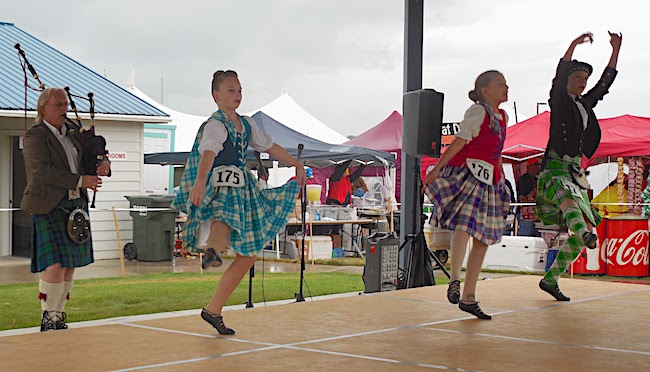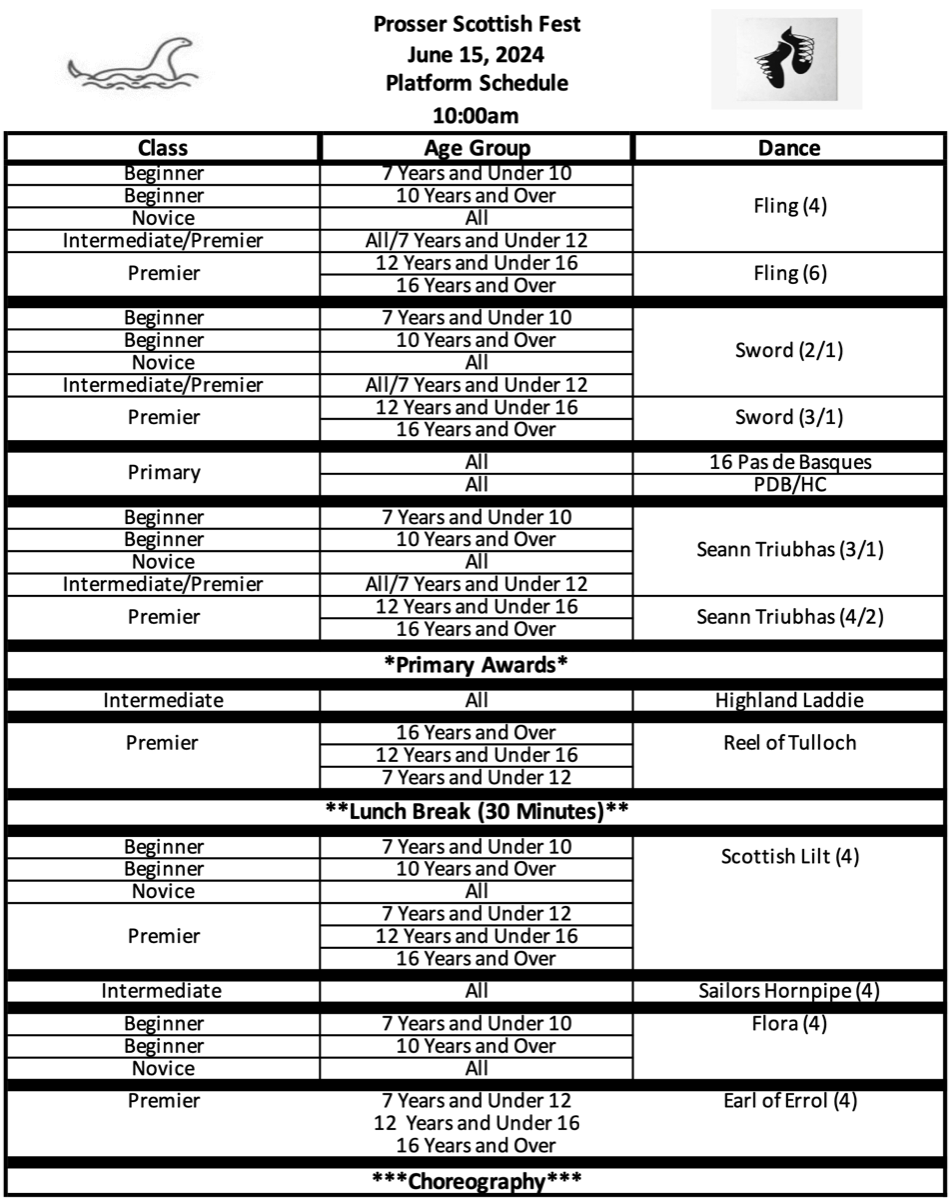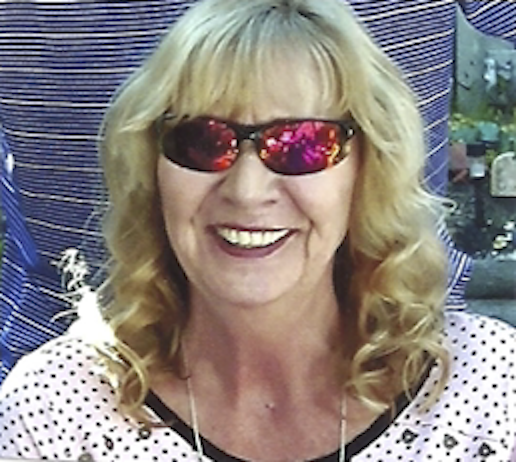
HIGHLAND DANCE
For many years, the Highland dance competition has brought dancers to the fest from all over the Pacific northwest.

Scottish Fest attendees have an opportunity to see traditional Scottish Highland dance competitions featuring jigs, reels, flings, sword dance, and national dances.
The sanctioned Highland Dance competitions feature Scottish Highland dances which were performed by men as pre-battle preparations and victory celebrations plus National dances developed after the Highland Dances were banned by the English. Competitive choreography feature original creative dances in a modern Highland style.
Email the Highland Dance Chair (dance@prosserscottishfest.org) for information on 2024 Highland Dance events.
The sanctioned Highland Dance competitions feature Scottish Highland dances which were performed by men as pre-battle preparations and victory celebrations plus National dances developed after the Highland Dances were banned by the English. Competitive choreography feature original creative dances in a modern Highland style.
Email the Highland Dance Chair (dance@prosserscottishfest.org) for information on 2024 Highland Dance events.

Our 2024 Highland Dance Judge: Lynne Griffiths

Lynne Griffiths started Highland Dancing in Winnipeg, Manitoba competing throughout Saskatchewan and Manitoba. When she was 14, her family moved to Victoria, British Columbia where she resumed her dancing career and competed throughout the Pacific Northwest and Scotland. She also performed in many choreographed group dances for "Scottish Night" at the world famous "Butchart Gardens" in Victoria.
Lynne started teaching Highland Dancing in 1973. She named her studio the "Bon Accord Dancers" which is the motto of Aberdeen, Scotland where she was born. It means "Happy to meet, sorry to part, happy to meet again." She currently has 40 students who travel throughout North America and Scotland to competitions, festivals, championships, and Highland Games. Her school’s dancers have represented British Columbia at the Canadian Championships and have won open Championships throughout the Pacific Northwest and Canada. Many of the school’s choreography groups have placed in the top 3 at the ScotDance Canada Championship Series. They also enjoy performing their choreography at Ceilidhs, Burns Night events and Tattoos throughout Vancouver Island.
Lynne is a Life Member of the British Association of Teachers of Dancing (Highland Branch), the Victoria Highland Games Association, and a Member of ScotDance Canada. She volunteers as the Lower Vancouver Island Dance Registrar for ScotDance B.C. and joined the Scottish Official Board of Highland Dancing Adjudicators' Panel in 1983. She has enjoyed judging at many competitions, festivals and championships throughout Canada and the United States.
Lynne started teaching Highland Dancing in 1973. She named her studio the "Bon Accord Dancers" which is the motto of Aberdeen, Scotland where she was born. It means "Happy to meet, sorry to part, happy to meet again." She currently has 40 students who travel throughout North America and Scotland to competitions, festivals, championships, and Highland Games. Her school’s dancers have represented British Columbia at the Canadian Championships and have won open Championships throughout the Pacific Northwest and Canada. Many of the school’s choreography groups have placed in the top 3 at the ScotDance Canada Championship Series. They also enjoy performing their choreography at Ceilidhs, Burns Night events and Tattoos throughout Vancouver Island.
Lynne is a Life Member of the British Association of Teachers of Dancing (Highland Branch), the Victoria Highland Games Association, and a Member of ScotDance Canada. She volunteers as the Lower Vancouver Island Dance Registrar for ScotDance B.C. and joined the Scottish Official Board of Highland Dancing Adjudicators' Panel in 1983. She has enjoyed judging at many competitions, festivals and championships throughout Canada and the United States.
Our 2024 Highland Dance Piper: Matthew Turnbull

Matthew Turnbull has been involved in the arts community from a very young age and was first known for his Highland dancing. He started dancing because of his interest in the music of the Scottish bagpipe, an endeavor that still occupies him today and has given him a worldwide exposure within the Celtic community.
Just as with his dancing career, Mathew has had the good fortune of studying under many wonderful bagpipe teachers. Piping has taken him throughout Scotland and to France where he is currently a member of the Bagad Cap Caval (a bagad is a Breton band consisting of bagpipes, bombards, and drums). His interest in Breton melodies has often given him inspiration for his own compositions. Matt was the Pipe Major of several bands and has had the honor of playing in Bill Livingstone's 78th Frasers from Toronto, Canada on the pitch at the World Pipe Band Championships in Glasgow, Scotland.
Just as with his dancing career, Mathew has had the good fortune of studying under many wonderful bagpipe teachers. Piping has taken him throughout Scotland and to France where he is currently a member of the Bagad Cap Caval (a bagad is a Breton band consisting of bagpipes, bombards, and drums). His interest in Breton melodies has often given him inspiration for his own compositions. Matt was the Pipe Major of several bands and has had the honor of playing in Bill Livingstone's 78th Frasers from Toronto, Canada on the pitch at the World Pipe Band Championships in Glasgow, Scotland.
Some of the legends associated with Scottish Highland Dances include:
The Sword Dance
One story recalls that when King Malcolm III (Canmore) of Scotland killed a fellow chieftain in battle, he celebrated by dancing over his own bloody claymore crossed with the sword of his enemy.
Another story tells that a soldier would dance around and over crossed swords prior to battle. If his feet should touch the blade during the dance however, then this was considered an ill omen for the following day.
A more practical explanation is that the dance was simply an exercise used to develop and hone the nimble footwork required to stay alive while fighting with swords.
The Seann Triubhas (Gaelic for “old trousers”)
Pronounced “shawn trewus”, the dance is romantically associated with the highlander’s disgust at being forced to the wear the hated Sassenach trousers when the kilt was banned following the 1745 rebellion.
The initial slow dance steps involve lots of leg shaking, symbolizing attempts to shed the hated garments. The final faster steps demonstrate the joy of returning to wearing the kilt when the ban ended in 1782.
The Highland Fling
One legend associates the dance as a warriors dance of triumph following a battle. It was supposedly danced over a Targe, a small round shield with a spike projecting from the center.
Another legend links the dance to a young boy imitating the antics of a Highland stag rearing and wheeling on a hillside, with the curved arms and hands representing the stag’s antlers.
The Reel of Tulloch
Supposedly on one cold morning many years ago in the village of Tulloch in north-east Scotland, the congregation were waiting for the minister to let them into the church. To keep warm, the people began to stamp their feet and clap their hands. When someone started to whistle a Highland tune the whole thing developed into a lively dance.
A more gruesome story however, links the dance to a game said to have been played by the men of Tulloch with the severed head of an enemy.
The Sword Dance
One story recalls that when King Malcolm III (Canmore) of Scotland killed a fellow chieftain in battle, he celebrated by dancing over his own bloody claymore crossed with the sword of his enemy.
Another story tells that a soldier would dance around and over crossed swords prior to battle. If his feet should touch the blade during the dance however, then this was considered an ill omen for the following day.
A more practical explanation is that the dance was simply an exercise used to develop and hone the nimble footwork required to stay alive while fighting with swords.
The Seann Triubhas (Gaelic for “old trousers”)
Pronounced “shawn trewus”, the dance is romantically associated with the highlander’s disgust at being forced to the wear the hated Sassenach trousers when the kilt was banned following the 1745 rebellion.
The initial slow dance steps involve lots of leg shaking, symbolizing attempts to shed the hated garments. The final faster steps demonstrate the joy of returning to wearing the kilt when the ban ended in 1782.
The Highland Fling
One legend associates the dance as a warriors dance of triumph following a battle. It was supposedly danced over a Targe, a small round shield with a spike projecting from the center.
Another legend links the dance to a young boy imitating the antics of a Highland stag rearing and wheeling on a hillside, with the curved arms and hands representing the stag’s antlers.
The Reel of Tulloch
Supposedly on one cold morning many years ago in the village of Tulloch in north-east Scotland, the congregation were waiting for the minister to let them into the church. To keep warm, the people began to stamp their feet and clap their hands. When someone started to whistle a Highland tune the whole thing developed into a lively dance.
A more gruesome story however, links the dance to a game said to have been played by the men of Tulloch with the severed head of an enemy.
Updated 06/16/2024 | © 2001-2024 Prosser Scottish Fest | Site Design by David Lanigan | Contact Webmaster


